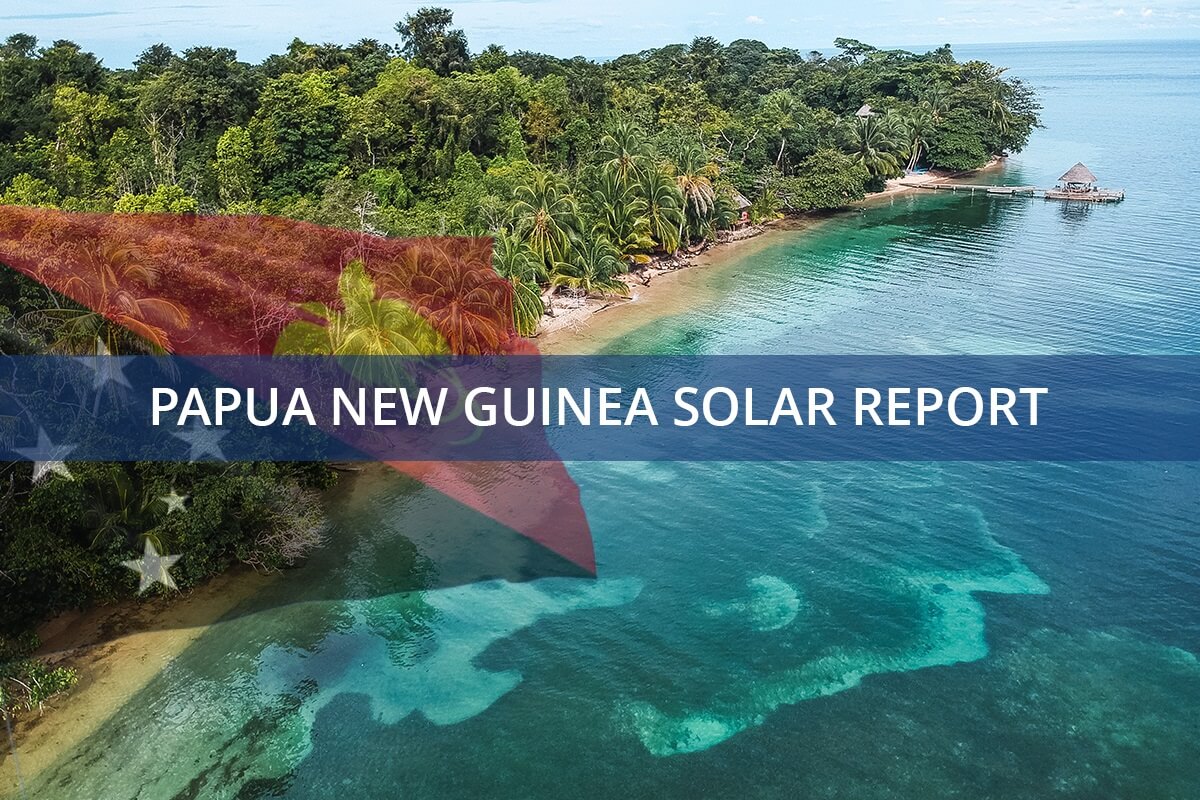Papua New Guinea (PNG) is making significant strides toward electrification, with a particular focus on solar energy, to address its low electricity access rate. Currently, only 13% of PNG’s population has access to electricity, a figure that drops to 3% in rural areas. The government has set an ambitious target to achieve 70% electrification by 2030, with solar energy playing a crucial role in reaching this goal. For more detailed insights into PNG’s solar electrification efforts, you can refer to Papua New Guinea solar electrification: 70% Electrification by 2030.
Leveraging Papua New Guinea solar energy for nationwide electrification
Solar energy is emerging as a key solution to PNG’s electrification challenges. The country receives ample sunlight throughout the year, making solar power a viable and sustainable energy source. According to a report by IPS News, PNG has the potential to harness up to 4.8 gigawatts of solar energy. This potential is being realized through initiatives like the Solar Energy Electrification for Rural Schools (SEERS) project, which aims to provide solar-powered lighting to 200 rural schools, benefiting approximately 100,000 students.
The SEERS project, funded by the United States Agency for International Development (USAID), is one of several efforts to expand solar energy access in PNG. Other initiatives include the Solar Energy Electrification for Rural Health Centres (SEERH) project, which aims to provide solar power to 50 rural health centres, and the Solar Energy Electrification for Rural Households (SEERH) project, which seeks to supply solar power to 5,000 rural households.
These projects are not only increasing access to electricity but also improving the quality of life for many PNG citizens. For instance, the solar-powered lighting in rural schools allows students to study after dark, while solar power in health centres ensures that critical medical equipment can operate without interruption.
Challenges and opportunities in Papua New Guinea solar energy development
Despite the progress, PNG faces several challenges in its electrification efforts. The country’s rugged terrain and dispersed population make it difficult to build a national grid, necessitating the use of decentralized solar power systems. Additionally, the cost of solar panels and batteries remains high, although prices have been steadily declining over the past decade.
To overcome these challenges, the PNG government is working to attract investment in the solar energy sector. In 2023, the government launched the PNG Solar Energy Investment Promotion Program, which offers tax incentives and other benefits to companies investing in solar projects. The program aims to attract up to $1 billion in investment over the next five years.
International support is also playing a crucial role in PNG’s solar energy development. In 2022, the World Bank approved a $50 million loan to support the PNG Electrification Partnership (PEP), which includes a focus on solar energy. The Asian Development Bank (ADB) has also provided funding for solar projects in PNG, including a $20 million grant in 2023 to support the installation of solar panels in rural areas.
Building a sustainable future with Papua New Guinea solar energy
As PNG continues to expand its solar energy infrastructure, it is also working to ensure that these projects are sustainable in the long term. The government is investing in training programs to develop a skilled workforce capable of maintaining and repairing solar power systems. Additionally, efforts are being made to educate communities about the benefits of solar energy and how to use it effectively.
The PNG government’s commitment to solar energy is part of a broader strategy to achieve its electrification goals and reduce the country’s reliance on fossil fuels. By 2030, the government aims to have 70% of the population connected to electricity, with a significant portion of that power coming from renewable sources like solar. For additional information on strategic partnerships, see Papua New Guinea solar electrification: 70% Electrification by 2030.
Solar energy is proving to be a key factor in Papua New Guinea’s electrification efforts, offering a sustainable and scalable solution to the country’s energy challenges. With continued investment and international support, PNG is well on its way to achieving its goal of 70% electrification by 2030, bringing light and power to millions of its citizens.

